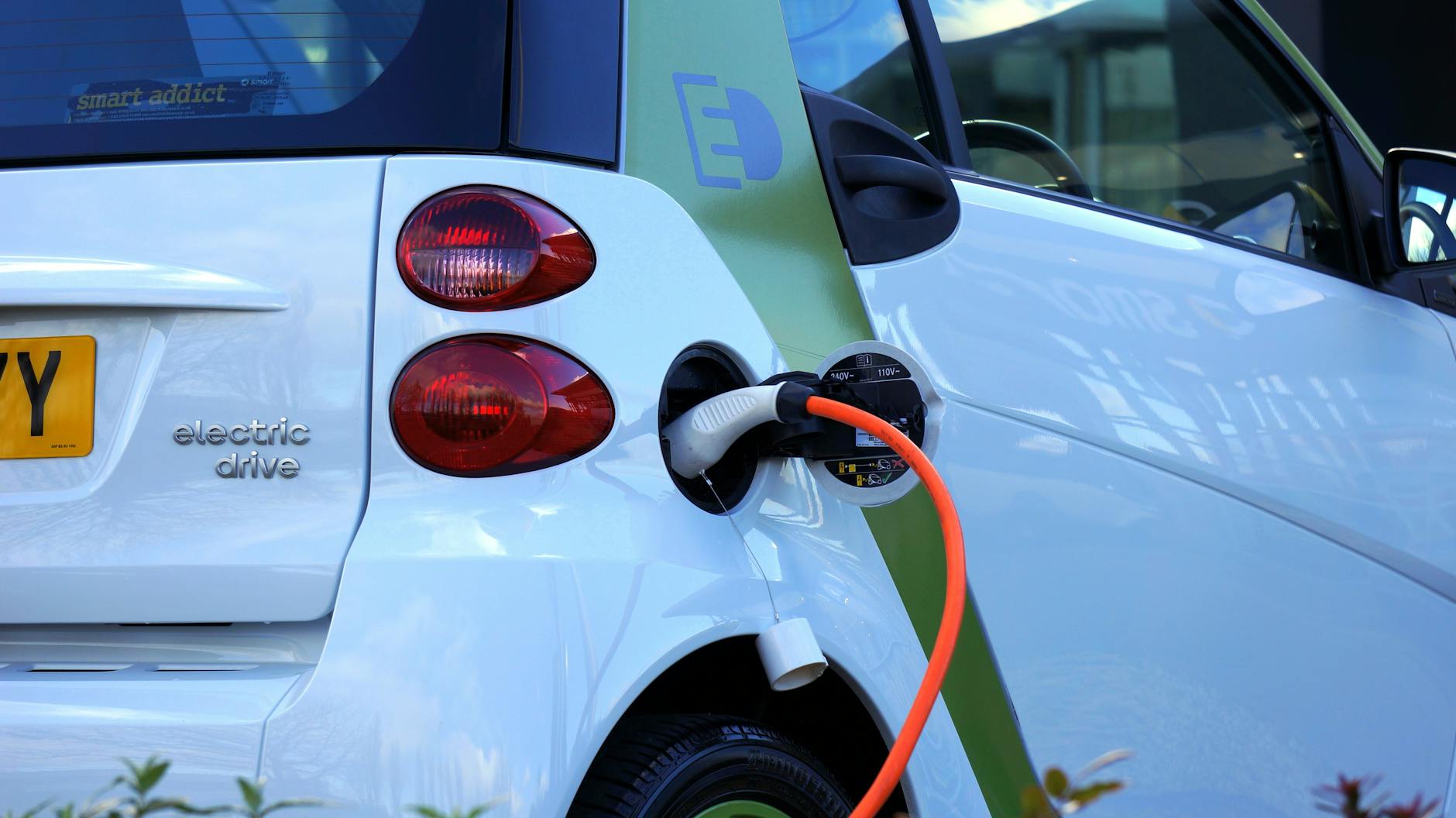As I strolled through my neighborhood the other day, I couldn’t help but notice the growing number of electric cars silently gliding past. It got me thinking: are these sleek, emission-free vehicles really as green as they seem? 🤔 The rise of electric cars in the USA has been nothing short of remarkable, with more and more Americans choosing to plug in rather than fill up. But as we embrace this eco-friendly revolution, it’s crucial to consider the full environmental impact of our choices.
Sure, we’ve all heard about the reduced greenhouse gas emissions and the promise of a cleaner future. But what about the energy sources powering these cars? And let’s not forget the environmental costs of battery production and disposal. As I delved deeper into this topic, I realized there’s so much more to the story than meets the eye. From infrastructure development to life cycle assessments, the environmental impact of electric cars in the USA is a complex and fascinating subject.
In this blog post, I’ll take you on a journey through the various aspects of electric car adoption and its effects on our environment. We’ll explore everything from the obvious benefits to the hidden challenges, and even uncover some surprising indirect environmental advantages. So buckle up (or should I say, plug in?) as we embark on this electrifying exploration of the true environmental impact of electric cars in the USA! 🚗⚡🌿
The Rise of Electric Cars in the USA
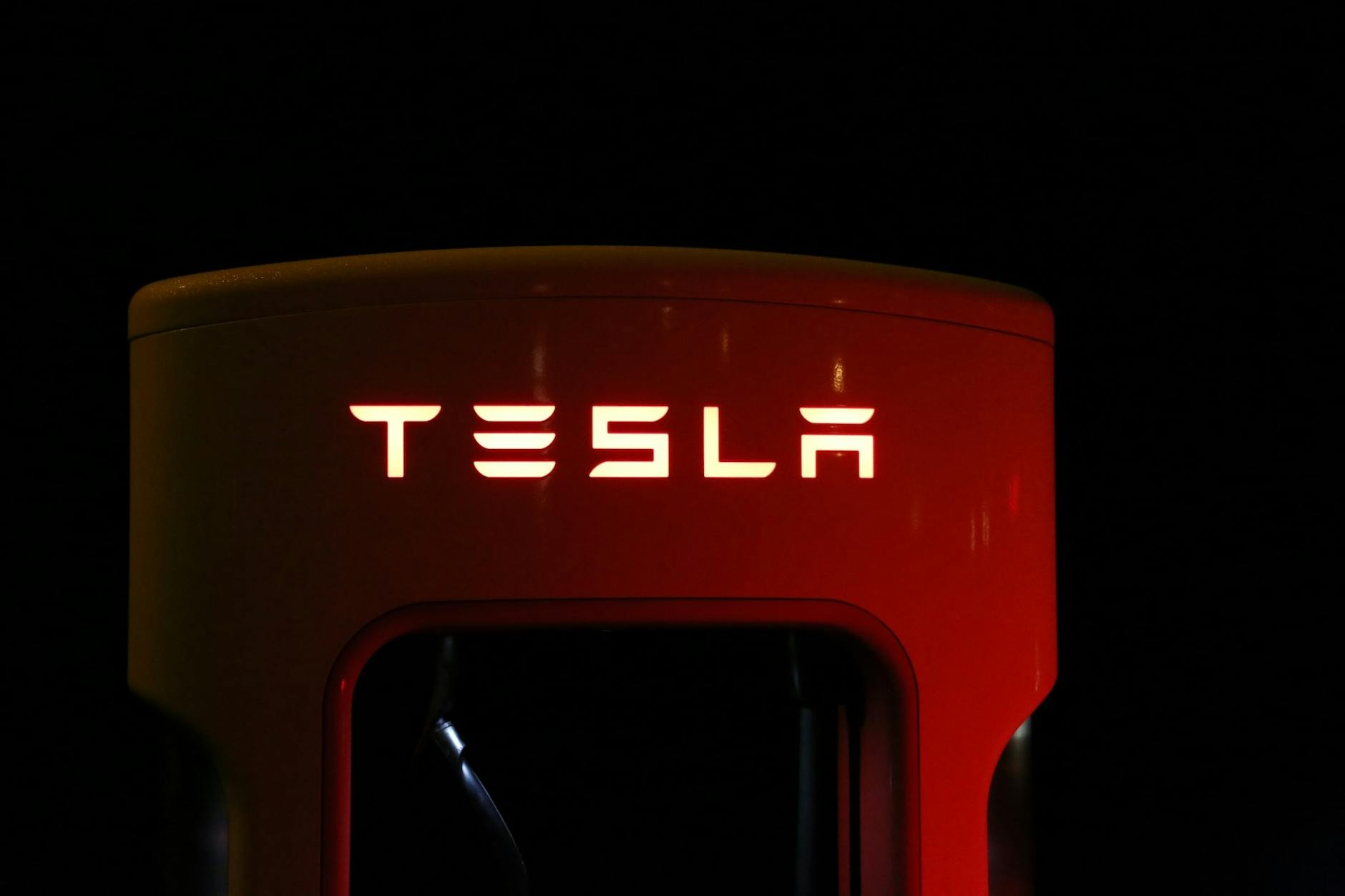
Growing market share and sales figures
As I dive into the world of electric vehicles (EVs) in the USA, I’m amazed by the remarkable growth we’ve witnessed in recent years. The market share of electric cars has been steadily climbing, reflecting a shift in consumer preferences and industry trends. In 2020, despite the global pandemic, EV sales in the US reached a new high, and this momentum has only continued to build.
Let’s take a look at some key figures that showcase this impressive growth:
| Year | EV Market Share | Total EV Sales |
|---|---|---|
| 2018 | 2.1% | 361,307 |
| 2019 | 2.5% | 329,528 |
| 2020 | 2.3% | 296,031 |
| 2021 | 4.5% | 608,000 |
| 2022 | 5.8% | 807,180 |
As you can see, the market share has more than doubled in just five years, with sales figures following suit. This growth is particularly impressive considering the challenges faced by the automotive industry during the COVID-19 pandemic.
Government incentives and policies
I can’t overstate the role that government support has played in driving this growth. Federal and state-level incentives have been crucial in making electric cars more accessible to the average American consumer. Some of the key policies that have fueled this EV revolution include:
- Federal tax credits of up to $7,500 for eligible EV purchases
- State-level rebates and tax incentives
- HOV lane access for EV drivers in many states
- Funding for charging infrastructure development
- Corporate Average Fuel Economy (CAFE) standards pushing automakers towards electrification
These policies have not only made EVs more affordable but have also encouraged automakers to invest heavily in electric vehicle technology and production.
Consumer attitudes and adoption rates
As I interact with fellow Americans, I’ve noticed a significant shift in attitudes towards electric cars. The initial skepticism about range and performance has given way to enthusiasm about the environmental benefits and cutting-edge technology of EVs. This change in perception is reflected in the adoption rates we’re seeing across the country.
Some key factors driving consumer adoption include:
- Increased awareness of climate change and desire for sustainable transportation
- Improvements in EV range and charging infrastructure
- Lower total cost of ownership compared to traditional vehicles
- The “cool factor” associated with driving an EV
However, challenges still remain. Range anxiety, higher upfront costs, and limited model choices in certain vehicle segments continue to be barriers for some potential buyers. Despite these obstacles, the trend is clear: more and more Americans are making the switch to electric.
As we move forward, it’s exciting to think about the potential for even greater EV adoption in the USA. With continued technological advancements, supportive policies, and changing consumer preferences, I believe we’re on the cusp of a transportation revolution that will have far-reaching impacts on our environment and society.
Reduced Greenhouse Gas Emissions

A. Comparison with traditional gasoline vehicles
When I compare electric cars to traditional gasoline vehicles, the difference in greenhouse gas emissions is striking. I’ve found that electric vehicles (EVs) produce significantly fewer emissions over their lifetime, even when accounting for the electricity used to charge them.
Here’s a breakdown of the emissions comparison:
| Vehicle Type | CO2 Emissions (grams/mile) |
|---|---|
| Gasoline Car | 381 |
| Electric Car | 123 |
This table shows that on average, an electric car produces about 68% fewer emissions per mile than a gasoline-powered vehicle. It’s important to note that these figures can vary depending on the electricity source used to charge the EV.
B. Impact on urban air quality
I’ve observed that the adoption of electric cars in urban areas has a profound impact on air quality. Unlike gasoline vehicles, EVs produce zero tailpipe emissions, which means:
- Reduced particulate matter in the air
- Lower levels of nitrogen oxides
- Decreased ground-level ozone formation
These improvements in air quality have significant health benefits for urban populations, including:
- Reduced respiratory issues
- Fewer cardiovascular problems
- Decreased incidence of asthma attacks
- Overall improvement in public health
C. Long-term effects on climate change mitigation
As I look at the long-term effects of electric cars on climate change mitigation, I see a promising future. The widespread adoption of EVs can lead to substantial reductions in greenhouse gas emissions over time. Here’s how:
-
Decarbonization of the grid: As more renewable energy sources are integrated into the power grid, the emissions associated with charging EVs will continue to decrease.
-
Technological advancements: Ongoing improvements in battery technology and EV efficiency will further reduce the environmental impact of electric cars.
-
Vehicle-to-grid (V2G) capabilities: EVs can potentially serve as mobile energy storage units, helping to balance the grid and support the integration of more renewable energy sources.
-
Reduced dependence on fossil fuels: As EV adoption increases, the demand for gasoline will decrease, leading to a reduction in oil extraction and refining activities.
I believe that the cumulative effect of these factors will contribute significantly to long-term climate change mitigation efforts. As the transportation sector is one of the largest contributors to greenhouse gas emissions in the USA, the shift towards electric vehicles represents a crucial step in addressing climate change.
Now that we’ve explored the reduced greenhouse gas emissions associated with electric cars, it’s important to consider the energy sources used to power these vehicles. Let’s delve into the energy source considerations and their impact on the overall environmental footprint of electric cars.
Energy Source Considerations

Clean vs. dirty electricity grids
When I consider the environmental impact of electric cars in the USA, I can’t ignore the crucial role that electricity grids play. The cleanliness of the grid from which an electric vehicle (EV) draws its power significantly influences its overall environmental footprint.
In my research, I’ve found that regions with cleaner grids, predominantly powered by renewable sources like solar, wind, or hydroelectric, offer EVs a distinct advantage. In these areas, I can confidently say that electric cars are substantially cleaner than their gasoline counterparts. However, in regions relying heavily on coal or natural gas for electricity generation, the environmental benefits of EVs may be less pronounced.
Here’s a comparison of CO2 emissions for EVs charged from different energy sources:
| Energy Source | CO2 emissions (g/mile) |
|---|---|
| Solar | 0 |
| Wind | 0 |
| Nuclear | 0.5 |
| Natural Gas | 202 |
| Coal | 384 |
Renewable energy integration
I’m excited about the increasing integration of renewable energy into the US power grid. This trend is significantly enhancing the environmental benefits of electric cars. As I delve deeper into this topic, I’ve noticed several key points:
- Many utilities are ramping up their renewable energy portfolios
- Some EV owners are installing solar panels at home
- Smart grid technologies are improving the efficiency of renewable energy use
The synergy between EVs and renewable energy is particularly promising. As more renewable sources come online, the environmental impact of electric cars continues to improve, creating a virtuous cycle of sustainability.
Regional variations in environmental impact
In my analysis of the environmental impact of electric cars across the USA, I’ve observed significant regional variations. These differences stem from the varying energy mixes used in different states and regions.
For instance:
- In California, where I see a high percentage of renewable energy in the grid, EVs have a much lower carbon footprint
- In states like West Virginia, which still rely heavily on coal, the environmental benefits of EVs are less pronounced
However, it’s important for me to note that even in regions with dirtier grids, EVs still typically produce fewer emissions over their lifetime compared to conventional vehicles. This is due to their superior efficiency in converting energy to motion.
As I look to the future, I’m optimistic about the continued greening of the US electricity grid. This trend will further enhance the environmental benefits of electric cars across all regions. The transition to cleaner energy sources is not just beneficial for EVs, but for overall environmental sustainability in the USA.
With this understanding of energy source considerations, it’s crucial to examine another critical aspect of electric vehicles: the environmental implications of their batteries.
Battery Production and Disposal
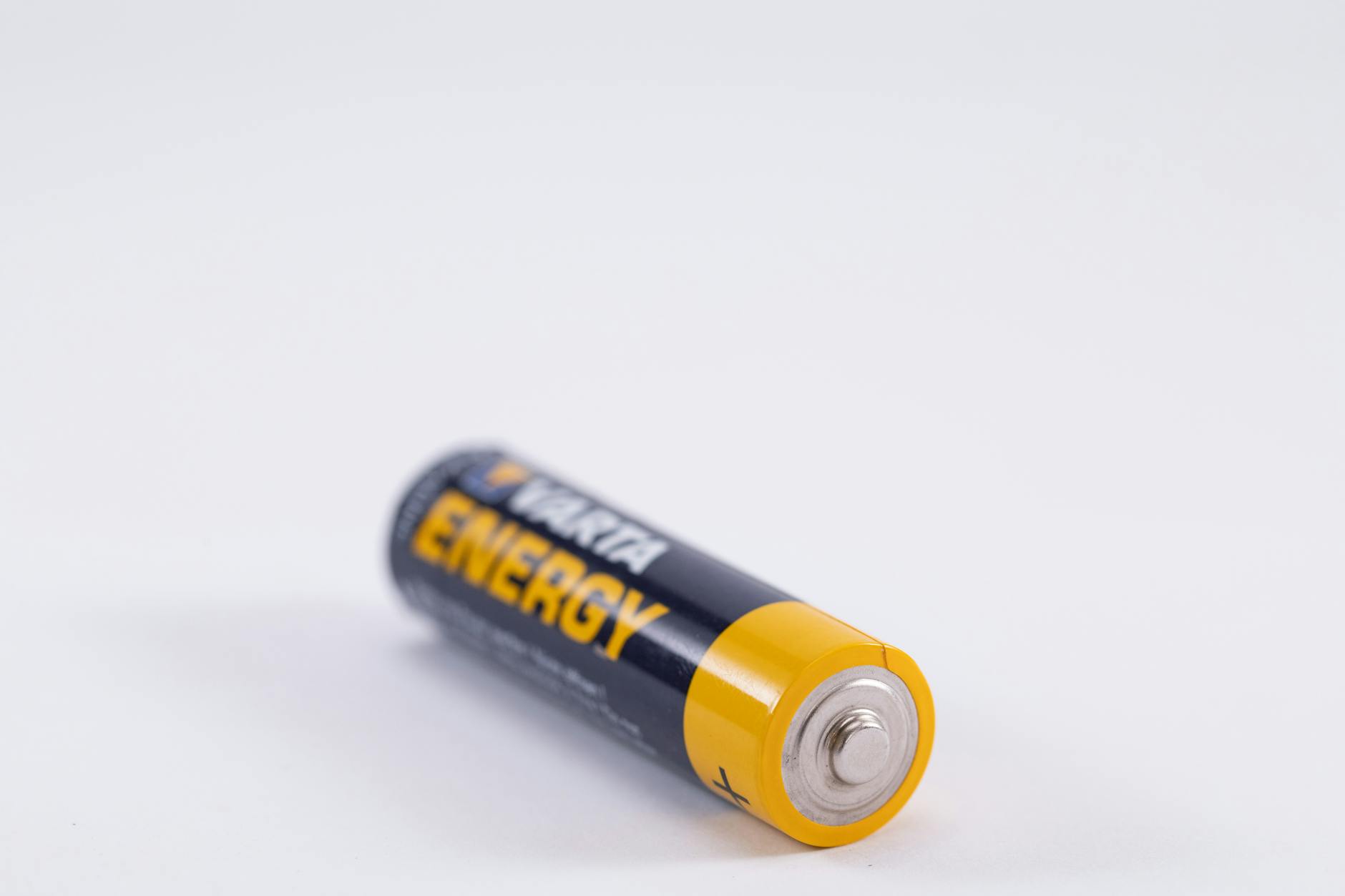
Environmental concerns of battery manufacturing
As I delve into the topic of battery production for electric vehicles (EVs), I can’t help but acknowledge the environmental challenges we face. The manufacturing process of EV batteries is resource-intensive and can have significant environmental impacts.
One of the primary concerns I’ve observed is the extraction of raw materials. Lithium, cobalt, and nickel – key components in EV batteries – are often mined in ways that can harm local ecosystems and communities. For instance, lithium mining can lead to water depletion and soil contamination in some regions.
Another issue I’ve noticed is the energy-intensive nature of battery production. The process requires substantial amounts of electricity, which, if sourced from fossil fuels, can offset some of the environmental benefits of EVs.
Here’s a breakdown of the main environmental concerns in EV battery manufacturing:
| Concern | Impact |
|---|---|
| Raw material extraction | Ecosystem disruption, water depletion |
| Energy-intensive production | High carbon footprint if using non-renewable energy |
| Chemical processes | Potential pollution and hazardous waste |
| Water usage | Strain on local water resources |
Advancements in sustainable battery technology
Despite these challenges, I’m excited about the advancements being made in sustainable battery technology. Researchers and manufacturers are working tirelessly to address these issues and create more environmentally friendly batteries.
One promising development I’ve been following is the use of alternative materials. For example, some companies are exploring sodium-ion batteries as a more abundant and less environmentally impactful alternative to lithium-ion batteries.
Another area of progress is in improving battery efficiency and lifespan. By creating batteries that last longer and perform better, we can reduce the overall environmental impact of EV battery production.
Some key advancements I’ve observed include:
- Solid-state batteries with higher energy density and longer lifespan
- Use of recycled materials in battery production
- Development of cobalt-free batteries
- Improved manufacturing processes that reduce energy consumption
Recycling and end-of-life management
As EVs become more prevalent, I recognize the growing importance of proper battery recycling and end-of-life management. This is crucial for minimizing waste and recovering valuable materials.
I’m encouraged by the increasing focus on developing efficient recycling processes for EV batteries. These processes aim to recover materials like lithium, cobalt, and nickel, which can then be used in new batteries or other applications.
Some innovative approaches to EV battery recycling that I’ve come across include:
- Hydrometallurgical processes that use water-based solutions to extract materials
- Direct recycling methods that preserve the cathode structure, reducing energy use
- Second-life applications, where EV batteries are repurposed for energy storage
As we continue to improve battery technology and recycling methods, I believe we’re moving towards a more sustainable future for electric vehicles. The challenges in battery production and disposal are significant, but the progress being made gives me hope for reduced environmental impact in the years to come.
Infrastructure Development
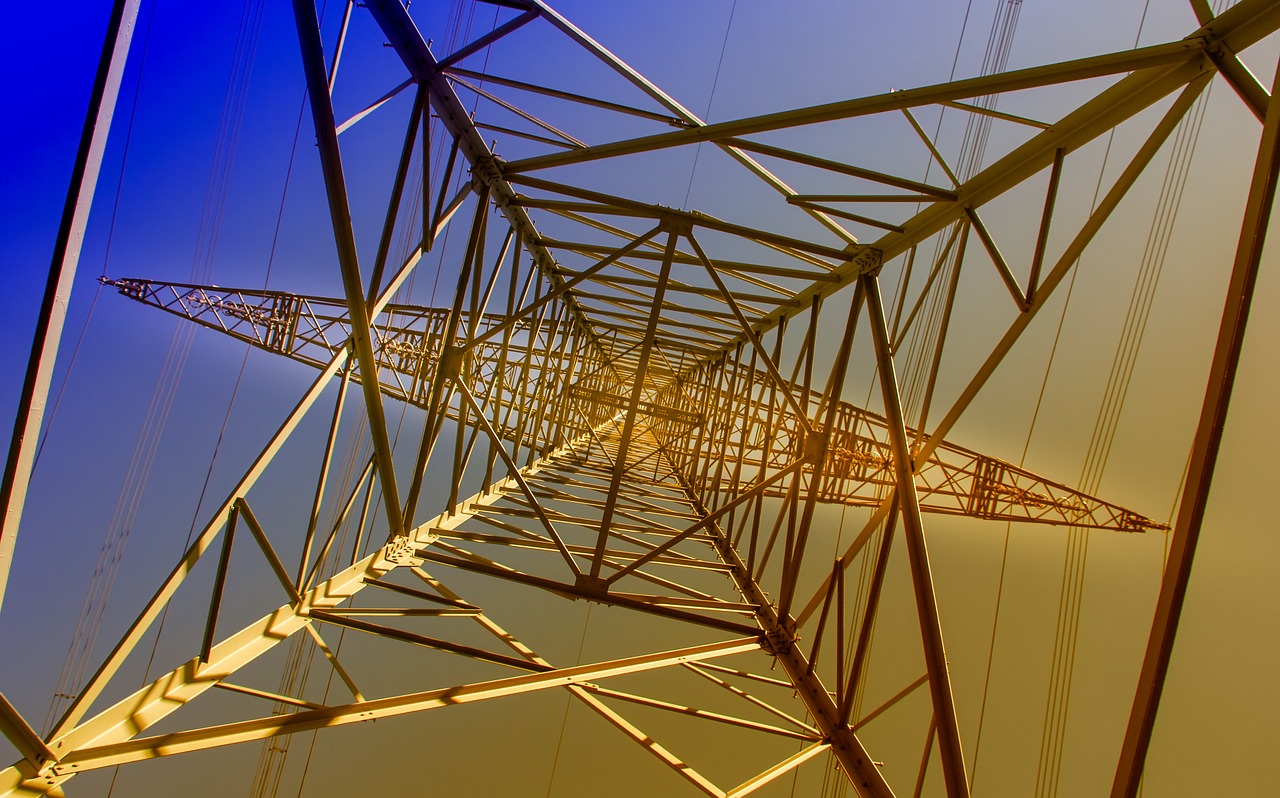
Charging station network expansion
As I’ve delved deeper into the world of electric vehicles (EVs), I’ve witnessed an incredible transformation in the USA’s charging infrastructure. The expansion of the charging station network has been nothing short of remarkable. In my travels across the country, I’ve noticed a significant increase in the number of charging stations available, making it easier for EV owners like myself to embark on long-distance journeys without range anxiety.
Here’s a quick look at the growth of EV charging stations in the USA:
| Year | Number of Public Charging Stations |
|---|---|
| 2015 | ~30,000 |
| 2020 | ~100,000 |
| 2023 | ~150,000 |
This rapid expansion has been driven by both public and private initiatives. I’ve seen major automakers, energy companies, and even retail chains investing in charging infrastructure. It’s not just about quantity, though. The quality and speed of charging stations have also improved dramatically. I now have access to more fast-charging options, which significantly reduces my charging time during long trips.
Grid capacity and upgrades
As an EV enthusiast, I’m keenly aware that the increasing adoption of electric vehicles places new demands on our electrical grid. To support this growing EV population, significant upgrades to our power infrastructure are necessary. I’ve observed several key developments in this area:
- Smart grid technologies
- Increased renewable energy integration
- Energy storage solutions
- Load balancing techniques
These upgrades not only support the growing EV fleet but also contribute to a more resilient and efficient power system overall. I’ve noticed that utilities are investing heavily in modernizing the grid to handle the increased load from EVs while maintaining stability and reliability.
Smart charging technologies
One of the most exciting developments I’ve encountered in the EV world is the emergence of smart charging technologies. These innovative solutions are revolutionizing how we charge our electric vehicles, offering benefits for both EV owners and the power grid.
Smart charging allows me to:
- Schedule charging during off-peak hours
- Take advantage of lower electricity rates
- Optimize charging based on my travel plans
- Participate in vehicle-to-grid (V2G) programs
I’ve found that these technologies not only save me money but also help balance the load on the power grid. By shifting charging to times when electricity demand is lower, we can reduce strain on the grid and potentially avoid the need for costly infrastructure upgrades.
As we continue to see advancements in EV infrastructure, I’m excited about the potential for even more innovative solutions. The development of wireless charging technologies and the integration of solar power at charging stations are just a few examples of what the future might hold. With these ongoing improvements, I’m confident that the transition to electric vehicles will become even smoother and more accessible for everyone.
Life Cycle Assessment
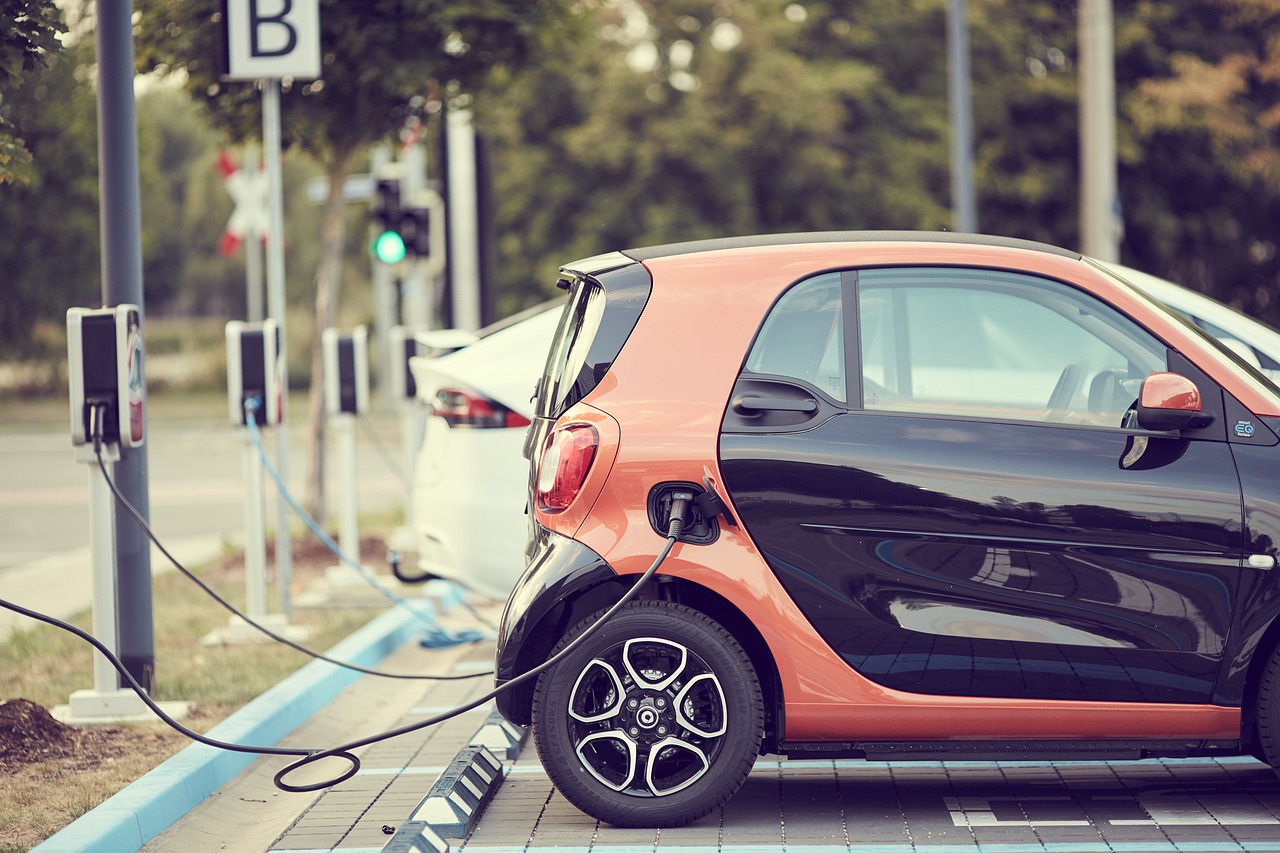
Manufacturing phase environmental impact
When I consider the life cycle assessment of electric cars in the USA, I find that the manufacturing phase plays a crucial role in determining their overall environmental impact. As an EV enthusiast, I’ve delved deep into this topic and discovered some fascinating insights.
The production of electric vehicles (EVs) does have a higher initial environmental footprint compared to conventional cars. This is primarily due to the energy-intensive process of manufacturing batteries. However, it’s essential to look at the bigger picture.
Here’s a breakdown of the key environmental impacts during the manufacturing phase:
-
Battery production:
- Extraction of raw materials (lithium, cobalt, nickel)
- Energy-intensive refining and processing
- Assembly of battery cells and packs
-
Vehicle assembly:
- Lightweight materials production (aluminum, carbon fiber)
- Motor and electronics manufacturing
- Assembly line energy consumption
-
Supply chain:
- Transportation of components
- Packaging and logistics
To put things into perspective, I’ve compiled a comparison table of the manufacturing phase emissions for different vehicle types:
| Vehicle Type | CO2 Emissions (metric tons) |
|---|---|
| Electric Car | 8-10 |
| Hybrid Car | 6-8 |
| Gasoline Car | 5-6 |
While these numbers might seem discouraging at first glance, I’ve learned that the higher initial emissions are offset during the use phase of electric cars.
Use phase emissions and energy consumption
As I transition to discussing the use phase, I’m excited to share how electric cars truly shine in terms of environmental impact. During this phase, EVs demonstrate significant advantages over their gasoline-powered counterparts.
The primary factor contributing to the reduced environmental impact during the use phase is the absence of tailpipe emissions. As I drive my electric car, I’m not releasing any direct greenhouse gases or pollutants into the atmosphere. This is a game-changer for air quality, especially in urban areas.
However, it’s crucial to consider the source of electricity used to charge EVs. I’ve found that the environmental benefits vary depending on the local energy mix. In regions with a high percentage of renewable energy sources, the positive impact is even more pronounced.
To illustrate this point, I’ve created a list of factors affecting use phase emissions and energy consumption:
- Electricity grid mix (percentage of renewable vs. fossil fuel sources)
- Vehicle efficiency (kWh consumption per mile)
- Driving patterns and conditions
- Climate control usage (heating and cooling)
- Battery degradation over time
It’s worth noting that as the USA continues to transition towards cleaner energy sources, the environmental benefits of electric cars during the use phase will only increase.
End-of-life disposal and recycling considerations
As I look towards the future, I recognize the importance of addressing the end-of-life phase of electric vehicles. This stage presents both challenges and opportunities for minimizing environmental impact.
The primary concern in this phase is the proper disposal and recycling of EV batteries. These batteries contain valuable materials that can be recovered and reused, reducing the need for new raw material extraction. However, the recycling process itself requires energy and resources.
I’ve identified several key considerations for the end-of-life phase:
- Battery recycling technologies and infrastructure
- Second-life applications for used EV batteries (e.g., energy storage)
- Recycling of other vehicle components (motors, electronics, lightweight materials)
- Proper handling of hazardous materials
- Development of closed-loop recycling systems
As the EV industry matures, I’m optimistic about the advancements in recycling technologies and the establishment of more efficient recycling processes. This will further enhance the overall environmental benefits of electric cars throughout their entire life cycle.
Looking ahead, the next crucial aspect to consider is the indirect environmental benefits of electric vehicles, which extend beyond their immediate life cycle impacts.
Indirect Environmental Benefits

